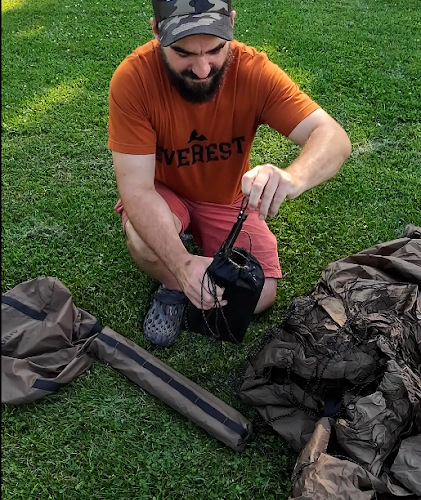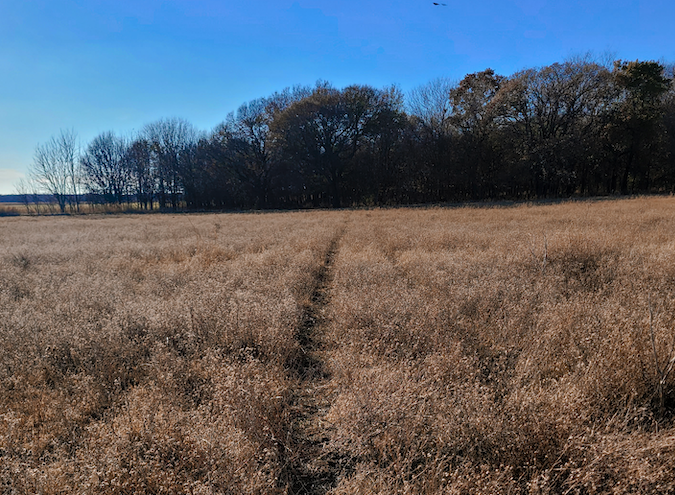In my opinion, fall is the best time of year for camping. The crisp air, stunning foliage, and fewer bugs make it an ideal time for outdoor adventures. But nothing ruins a camping trip faster than a tent that can’t handle the elements.
The weather can change on a dime and is often quite rainy and cool. That’s why it’s crucial to test your tent before heading into the wilderness for your next trip. This article will walk you through five essential checks to ensure your tent is ready for the fall season.
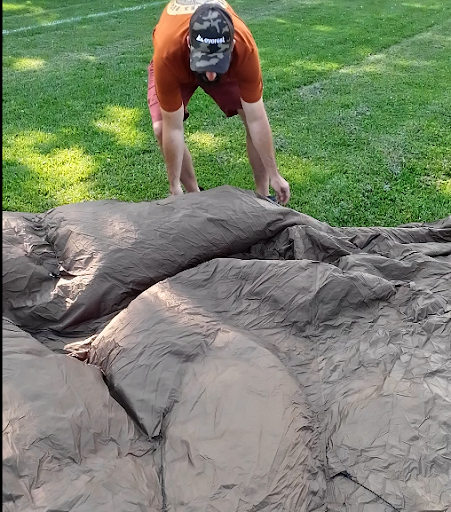
Table of Contents
1. Check the Tent Fabric for Tears or Holes
The first thing I do is lay the tent out on the ground and give the fabric a thorough inspection. Fall weather can be unpredictable, and a small tear can quickly turn into a significant water-leaking problem.
Suppose your tent has snow skirts, be sure to check them out for any holes. This is commonly where I’ll put a tent stake through the fabric because it gets buried in the snow and I can’t see it. If you use your tent in the winter with a wood stove then be sure to check and patch any burn holes you may find.

2. Make Sure You Have All of the Components
Since I have quite a few tents and a lack of labeling, a lot of the components for my gear are spread out in multiple places. Do not follow my example, this is a terrible way to store your gear. However, it makes me diligent in taking out my tents to make sure that I have all of the components available for the tent.
Start by bringing the tent outside and taking out everything in the stuff sack. Make sure you have all of the stakes, guy lines, and poles needed to build the structure. If needed, pitch the tent to make sure that you have everything,
One proactive thing you can do is create a master list of all the tents (and other gear) that you have as you buy them so you have a reference for what you may need.
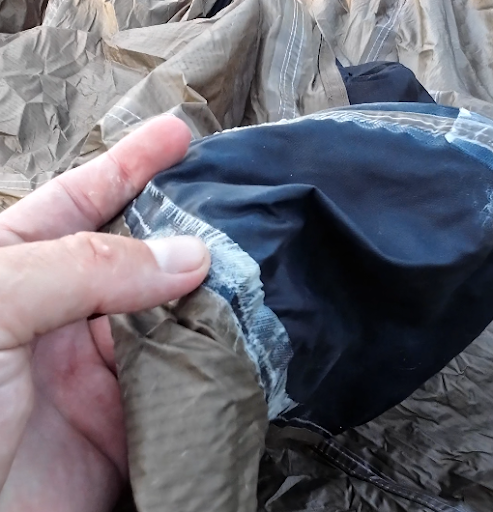
3. Inspect Seams for Water Resistance
Fall often brings rain, so water resistance is a must. In my experience, one of the failing points of a tent is along the seams. You can either spread your tent out on the ground inside out or pitch the tent, go inside, and inspect it from there.
Signs of failure on your seams can appear in different forms, keep your eye out for the following:
- Delamination of the seam tape means water can soak through and leak into the tent
- Loose threads on the seams or zipper stitching can mean either nothing (leftover from the factory) or the fabric is compromised
- Pinholes of light through the fabric or seams can act as entry points for moisture
No tent is perfect but a large amount of these defects may become an issue when it comes to inclement weather.
4. Inspect Zippers for Defects
Zippers are often overlooked, but they are a pain in the butt when they break. If you used the zippers last year during the winter months then be sure to check the teeth as ice buildup can cause them to break off.
Run each zipper back and forth a few times to check for snags or misalignment. If you encounter any issues, a bit of lubrication or careful realignment can often solve the problem. If not, it might be time to consider a replacement.
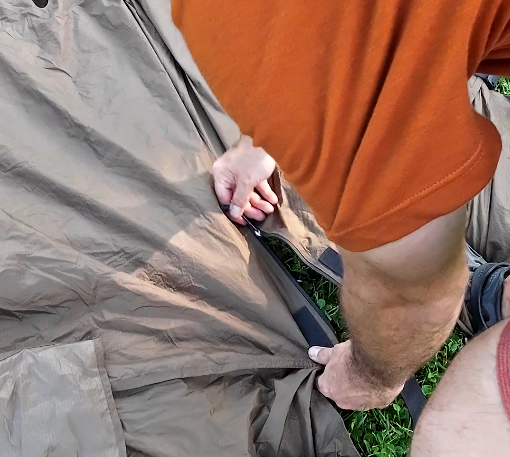
5. Ensure Guy Lines are in Good Condition
Guy lines provide extra stability, which is especially important in windy fall conditions. I find that the wind is much more aggressive in the fall months as the seasons figure out which way they want to go.
I like to check out the guy lines themselves as well as the points that they are attached to. Any kind of tears in the fabric and rope may result in them breaking under a lot of pressure. Luckily, guy lines are quite easy to replace and can be found at any camping store.
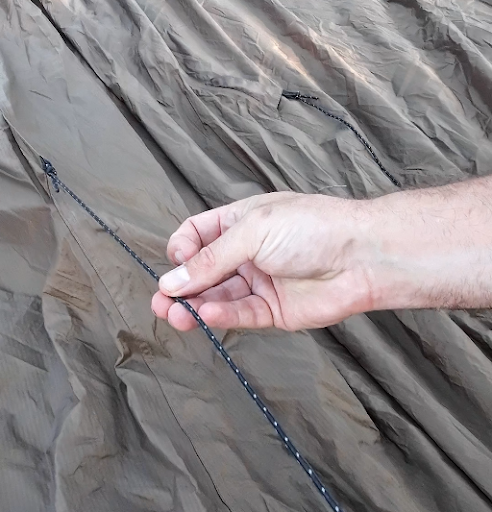
Final Thoughts
This list should give you a good idea of the condition of your tent for fall camping. Inspecting your tent gives you the peace of mind that you’ll have a reliable structure for the ever-changing weather. It shouldn’t take you more than 20 minutes to do the entire process which may save you hours of discomfort in the backcountry.

